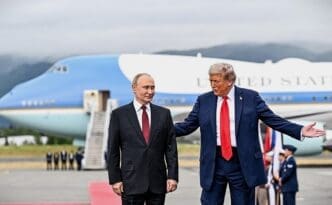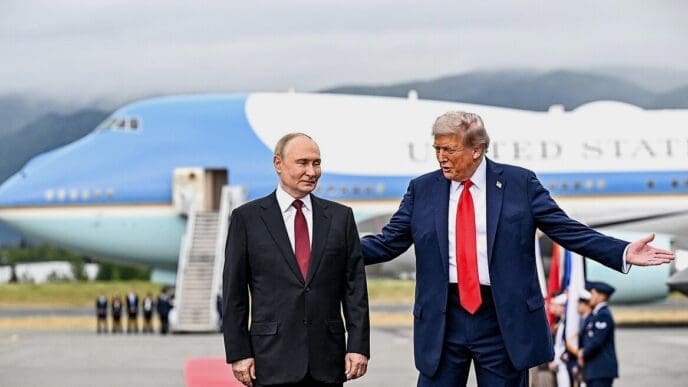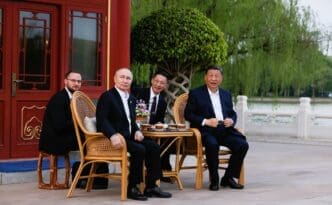The ongoing trade war between the United States and China is exerting significant financial pressures on American households while also impacting Chinese factory workers. Recent tariff policies, intended to pressure China and encourage the return of manufacturing jobs to the U.S., have instead led to increased consumer prices and economic hardships for workers in both nations.
Middle-class families in the U.S. are experiencing a tangible rise in the cost of essential goods, with some households projected to spend thousands more annually. This financial strain is even more severe for the 36.8 million Americans living below the poverty line, as they spend a larger share of their income on necessities most affected by rising tariffs.
The tariff strategy under President Donald Trump has failed to revitalize domestic manufacturing as anticipated. Instead, it has resulted in a surge of consumer prices while Chinese workers face deteriorating labor conditions, working extended hours under intense pressure to fulfill orders before potential tariff increases.
In the United States, the effects are seen in the labor market, with stagnant wages and declining manufacturing employment opportunities. Workers are now competing with those in countries where labor costs are lower, and protections are minimal. As production shifts overseas, American workers face precarious job conditions, driving some to protest for higher wages to combat the rising cost of living, exemplified by a recent strike among NJ Transit train workers.
Globally, the manufacturing landscape is characterized by increasingly integrated trade systems but fragmented worker protections. China has harnessed this dynamic, attracting foreign investments by maintaining low labor costs and suppressing labor rights. This has allowed it to absorb advanced technologies and support its industrial growth.
The structural challenges in global trade highlight the need for a more nuanced approach to tariffs. Reducing tariffs on essential goods could alleviate financial burdens on American families, while increasing tariffs on high-tech, non-essential items might prompt companies to relocate production back to the U.S. Such a targeted tariff policy could enhance economic resilience and improve labor conditions in both countries.
To achieve long-term improvements, the U.S. must advocate for higher global labor standards and insist on labor protections during trade negotiations with China. This could serve as a moral test for China, which claims to represent workers’ interests, and potentially drive necessary reforms in global supply chains. Without addressing these issues, American families will continue to face rising costs and diminishing job quality, while Chinese laborers endure exploitative conditions.














